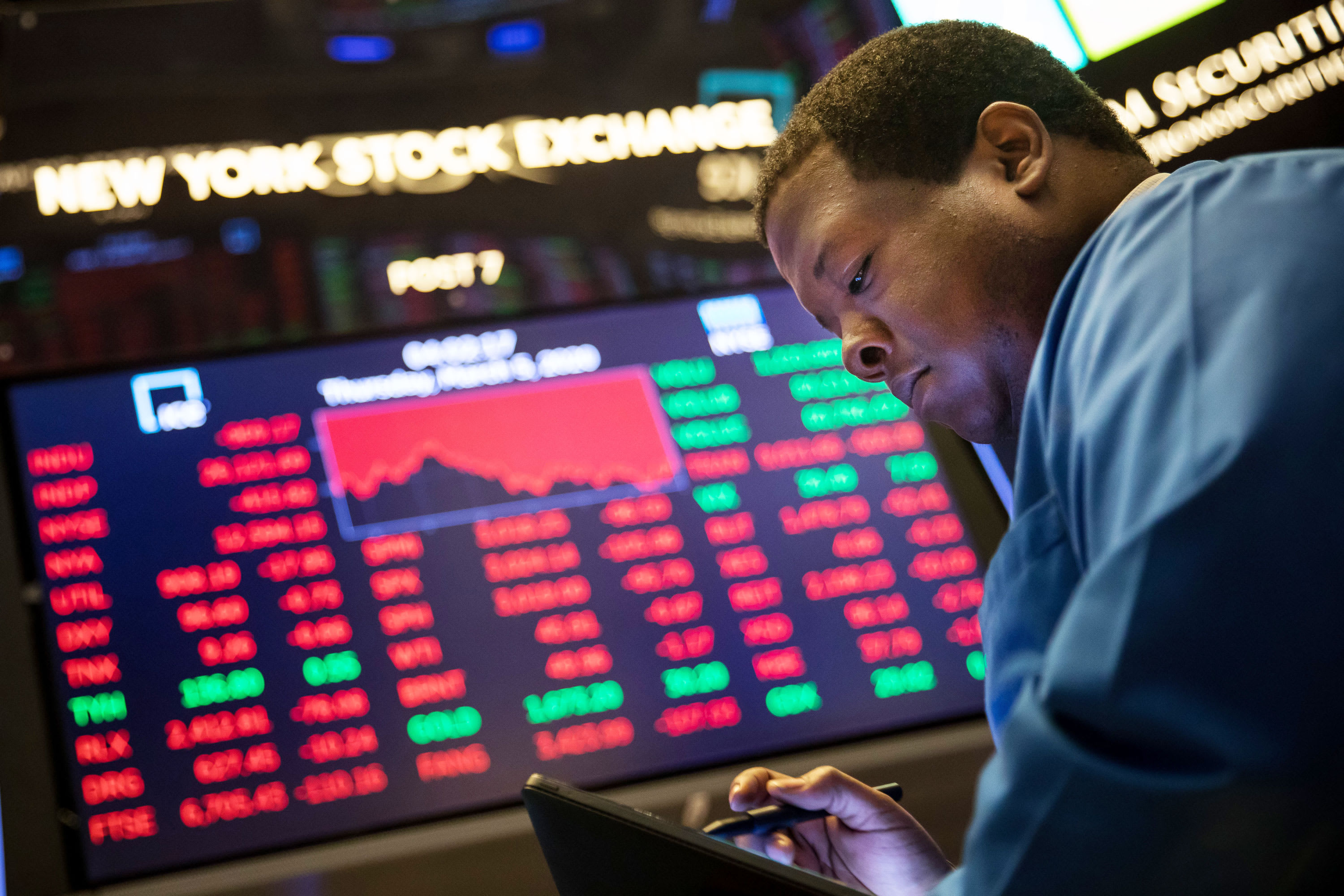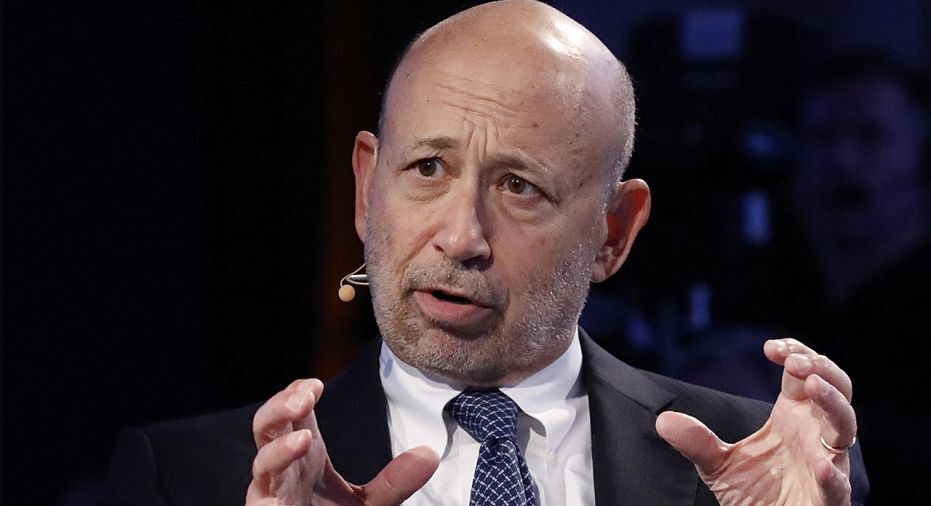
Stock futures rose in overnight trading Monday after the S&P 500’s worst day since the financial crisis.
Futures on the Dow Jones Industrial Average gained about 350 points, indicating a higher open of about 400 points on Tuesday. The S&P 500 futures also traded 30 points higher. Dow futures were down more than 400 points earlier.
Stock futures erased big losses and turned positive after President Donald Trump floated the idea of “a payroll tax cut or relief” to offset the negative impact from the coronavirus. The potential tax incentives come on top of an $8.3 billion spending package Trump signed last month.
The market suffered a historic sell-off in the previous session, with the Dow and the S&P 500 plunging 7.8% and 7.6, respectively, both posting their worst day since 2008. The Dow’s 2,013-point drop was also the biggest point drop for the 30-stock average ever.
The deep stock rout is putting the record-long bull market in jeopardy. With Monday’s drop, the S&P 500 is 19% below its intraday all-time high of 3,393.52 from Feb.19. The benchmark would fall into bear market territory if it slumps 20% from its peak or more.
A shocking all-out oil price war roiled the markets already on edge about the economic fallout from the fast-spreading coronavirus. Oil posted its worst day since 1991, with the WTI plunging more than 24% Monday, after selling prices for April following the collapse in OPEC talks.
“The double-whammy of the continued problems from the coronavirus and the new oil price-war induced by the Saudis has caused stock markets around the globe to fall out of bed,” Matthew Maley, chief market strategist at Miller Tabak, said in a note Monday.
Monday’s monster sell-off triggered a that resulted in a 15-minute pause in trading early in the session.
Investors continued to seek safer assets amid additional fears that the coronavirus will disrupt global supply chains and tip the economy into a recession. The for the first time ever, while the 30-year rate breached 1%. At one point early Monday, the 10-year slid to 0.318%.
“The speed of the drop in interest rates and the corresponding selloff in equities has taken many people by surprise and we are seeing some signs of panic,” said Chris Zaccarelli, chief investment officer for Independent Advisor Alliance. “Unfortunately, whether you call it volatility or turbulence, it’s something you need to go through in order to enjoy the benefits of longer-term higher returns.”
Subscribe to CNBC PRO for exclusive insights and analysis, and live business day programming from around the world.

